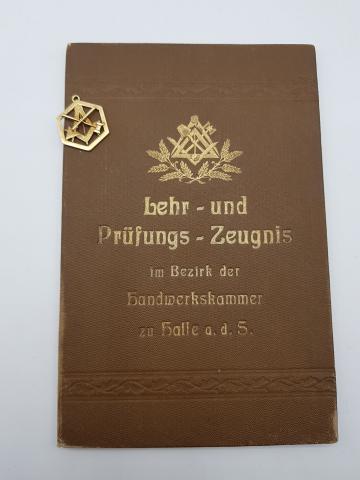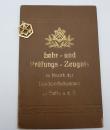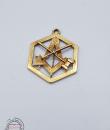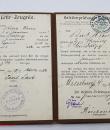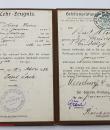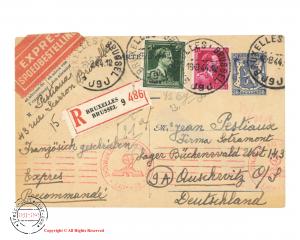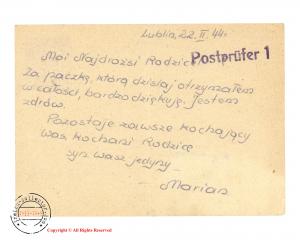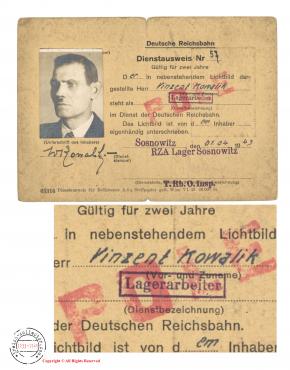Freemasonry -Masonic - Very rare set consisting of an German ID certificate to a construction worker apprentice and the matching pendant made from Gold issued by the chamber of construction workers - Masonic background?
| Price: | $320.00 |
Very rare set consisting of an ID certificate to a construction worker apprentice and the matching pendant made from Gold issued by the chamber of construction worker. It might have a masonic background, although the symbol of the framing square and the compass is also used for construction workers. The fact that the apprentice was given a pendant is at least strange and could well be connected to a masonic meaning. The year when this certificate was issued is 1932, and to be exact is an educational and exams' certificate.
Gold pendant is made from 585 fineness gold and weighs 2.70 grams!
The Holocaust
The preserved records of the Reichssicherheitshauptamt (the Reich Security Main Office) show the persecution of Freemasons during the Holocaust. RSHA Amt VII (Written Records) was overseen by Professor Franz Six and was responsible for "ideological" tasks, by which was meant the creation of antisemitic and anti-Masonic propaganda. While the number of victims is not accurately known, historians estimate that between 80,000 and 200,000 Freemasons were killed under the Nazi regime. Masonic concentration camp inmates were classified as political prisoners and wore an inverted red triangle. Hitler believed Freemasons had succumbed to Jews conspiring against Germany.
The small blue forget-me-not flower was first used by the Grand Lodge Zur Sonne, in 1926, as a Masonic emblem at the annual convention in Bremen, Germany. In 1938 a forget-me-not badge—made by the same factory as the Masonic badge—was chosen for the annual Nazi Party Winterhilfswerk, the annual charity drive of the National Socialist People's Welfare, the welfare branch of the Nazi party. This coincidence enabled Freemasons to wear the forget-me-not badge as a secret sign of membership.
After World War II, the forget-me-not flower was used again as a Masonic emblem in 1948 at the first Annual Convention of the United Grand Lodges of Germany in 1948. The badge is now worn in the coat lapel by Freemasons around the world to remember all who suffered in the name of Freemasonry, especially those during the Nazi era.
Religious opposition
Freemasonry has attracted criticism from theocratic states and organised religions for supposed competition with religion, or supposed heterodoxy within the fraternity itself and has long been the target of conspiracy theories, which assert Freemasonry to be an occult and evil power.
Condition of both ID certificate and pendant are very good.
